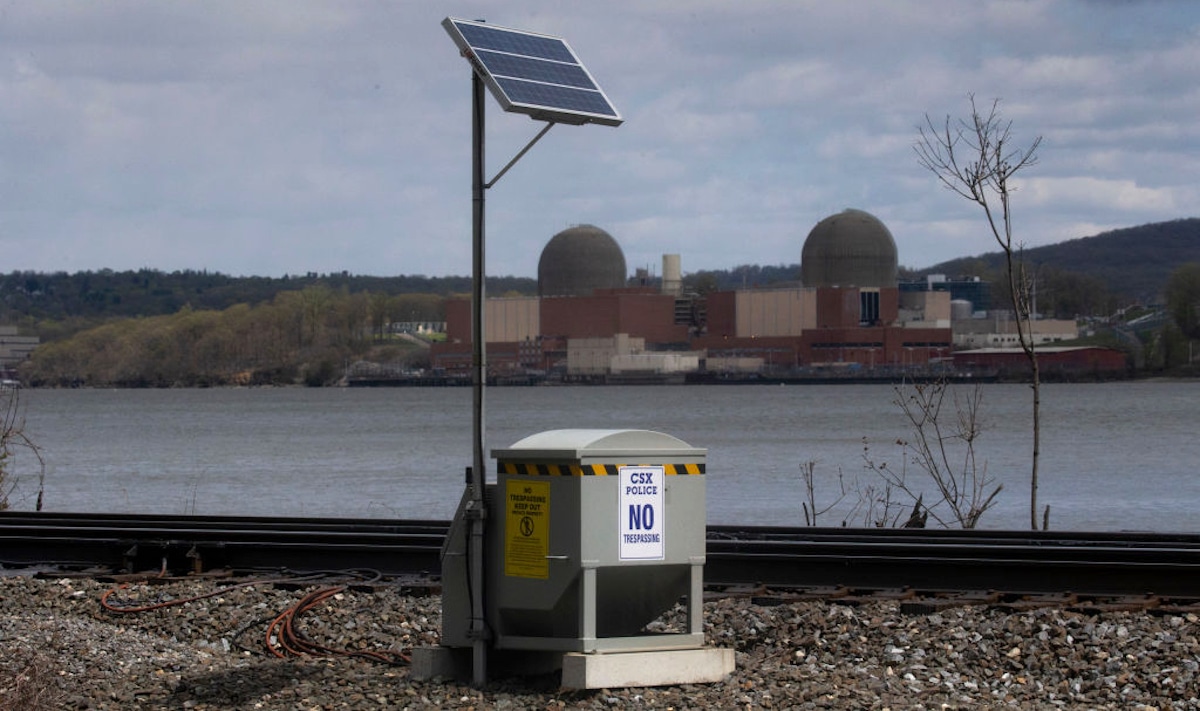
Most States Are Considering Nuclear Energy to Cut Emissions, Despite the Risks

A new survey by The Associated Press has found that about two-thirds of the 50 states analyzed mention nuclear energy in their energy policies. The remaining third, and Washington, DC, do not plan to incorporate nuclear energy, but instead rely on renewable energy sources, such as solar power, as well as battery storage and reducing demand for power.
Some officials are concerned that renewable energy sources, like solar and wind, will not generate enough energy to power the country. They say that for a faster transition from fossil fuels, nuclear energy is needed.
To the Biden administration, nuclear is an essential component for moving away from fossil fuels. U.S. Energy Secretary Jennifer Granholm told The Associated Press that the Biden administration has a goal to reach zero-carbon electricity, and to reach that target, “that means nuclear, that means hydropower, that means geothermal, that means obviously wind on and offshore, that means solar.″
In its recent $1 trillion infrastructure package, the Biden administration has included $2.5 billion to invest in advanced reactor demonstration projects. Advanced reactors may use gas, liquid metal, or other materials aside from water to cool the core.
But nuclear power is controversial and risky. While nuclear power plants don’t produce carbon emissions, they do require the mining and refining of uranium ore, which requires a lot of energy and produces emissions. Used reactor fuel from nuclear power plants is also radioactive and remains hazardous for thousands of years.
Edwin Lyman, director of nuclear power safety at the Union of Concerned Scientists, also noted that smaller reactors may be cheaper to build, but the electricity they produce will be more expensive for consumers. As the market expands, Lyman is also concerned that the industry will potentially take shortcuts on safety in order to save money.
“I’m not optimistic we’d see the kind of safety and security requirements in place that would make me feel comfortable with the adoption or deployment of these so-called small modular reactors around the country,” Lyman told The Associated Press.
And while the U.S. is planning for more reactors, it currently has no long-term solution for storing the radioactive waste. If the waste or reactors are mishandled or targeted in an attack, the results would be catastrophic.
Currently, the U.S. is the largest producer of nuclear energy in the world, responsible for more than 30% of all nuclear electricity generation, as reported by the National Resources Defense Council (NRDC). In the country, one-fifth of all electricity comes from nuclear power, and more states plan to incorporate this energy source in the near future despite the risks.
“New nuclear plants are more expensive and take longer to build than renewable energy sources like wind or solar,” Greenpeace said on its website. “If we are to avoid the most damaging impacts of climate change, we need solutions that are fast and affordable. Nuclear power is neither.”

 233k
233k  41k
41k  Subscribe
Subscribe 